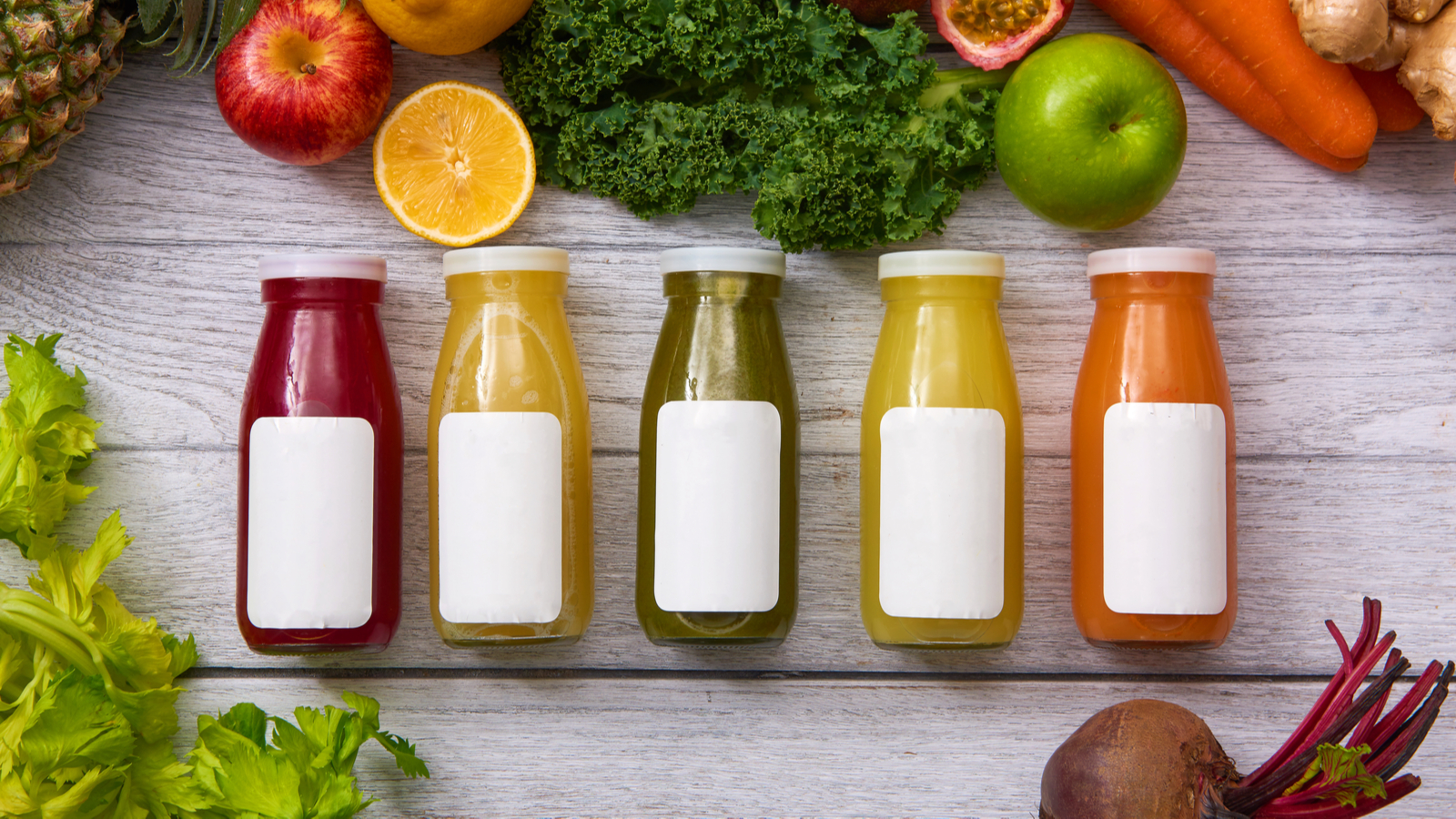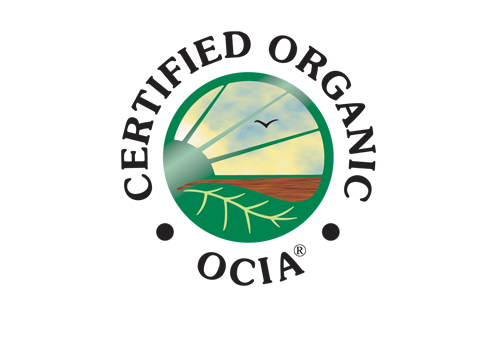

OCIA - Dairy Production

OCIA certification arises from the following basic principles: Organic certification is a system of institutionalized trust, allowing consumers to identify and reward conscientious stewards of our natural heritage. Organic certification is a privilege to be earned rather than a right to be withdrawn. No one knows the farm system better than a farmer. Organic production focuses on natural processes and their management: materials and products are an adjunct to, not a replacement for, effective management. Diversity, interaction, adaptability and competition are characteristic, natural elements to be respected in the organic system. The organic farming system should be structured and managed to ensure that soil loss through erosion and other degradation does not exceed natural replacement rates. Organic operations must take measures to maintain and/or improve landscape and enhance biodiversity.The producers, handlers, and consumers depend on processors of organic products to preserve or enhance the original nutritive value for the type of product, while continuing producer efforts to minimize contamination of the product and the environment. The audit trail is an integral part of organic certification. The use of products made from organisms that have been modified by genetic engineering techniques (as defined in the Materials List) is prohibited and is in direct violation of the philosophy and organic intent of OCIA. Nanotechology applied as an extension to the process of genetic modification referred to in 1.2.10 is prohibited within the organic system.The use of manufactured nanoparticles or nanostructures is prohibited. *Notwithstanding the above, the use of naturally occurring nanoparticles, as in traditional biodynamic practice, is allowed. The use of artificial nanoscale processes is prohibited within the organic system.
Applied Standards
The standards are the same as for meat production, with the exception of the following additions and clarifications. Dairy animals cannot be certified for slaughter unless they have also been managed in compliance with OCIA slaughter stock standards. Certified organic milk shall be from dairy animals that have been fed 100% OCIA-recognized-certified feed for at least 1 year during and prior to certification. In the case of new and certifiable herds, dairy animals shall be fed a minimum of 80% of daily ration on an as-is basis of OCIA-recognized-certifiable organically grown feed for 9 months followed by being fed 100% OCIA-recognized-certified feed 3 months prior to certifiable status. Once an entire, distinct herd has been converted to organic production, all dairy animals shall be under organic management from the last third of gestation. All ruminants shall have daily access to OCIA-recognized-certified organic roughage. Should be from OCIA-recognized-certified organic sources. Can be from sources that qualify under the new herd provision 3.15.2. As a last resort, can be from conventional sources given that the number of these adult animals (milking and one year prior to milking) on the farm does not exceed a maximum of 10% of the adult herd on an annual basis. Milk can only be sold as certified organic after full compliance with the standards for 1 year and continuously thereafter. Dairy replacements on an organic dairy must be fed feed which is non-medicated, including milk replacer (whole milk is preferable), up to the required 1 year prior to certification. The use of antibiotics, prohibited parasiticides (internal and external) and all hormones is prohibited in organic dairy. If recourse to antibiotics, prohibited parasiticides (internal and external) or hormones is deemed necessary, that animal’s production cannot be sold as organic. For new herds and replacements, no antibiotic, prohibited parasiticide (internal and external) or hormone use will be allowed 1 year prior to certifiable status.
All cleansers and sanitizers for dairy farms and dairy processing facilities must conform to Section 5.2 Product Protection. If possible, sanitary standards should be met using OCIA-approved materials. Government regulations require the cleaning and sanitizing of all milk handling equipment by government-approved substances. Rinsing after sanitizing is in violation of government regulations. All regulatory sanitation requirements and quality standards for bacteria and somatic cell count (SCC) must be observed. In addition, the annual average SCC should not exceed 400,000 for bovine (800,000 for ovine or caprine) or local regulations, whichever is lower; maximum bacteria count should not exceed 100,000 or local regulations, whichever is lower. Individual animals are recommended to be on monthly SCC testing. Failure to comply with these quality levels will require a farm plan response to be implemented to come into compliance and be approved by the Chapter review committee. A new herd should have under a 400,000 (800,000) average SCC for the three months prior to certifiable status. Dairy animals must drink water with nitrate levels below 10 mg nitrate, nitrogen/liter (45 mg NO3/liter) and satisfy all state requirements concerning bacteria and other microlife. If a farmer is unable to meet these requirements, a farm plan response shall be implemented to come into
compliance.
